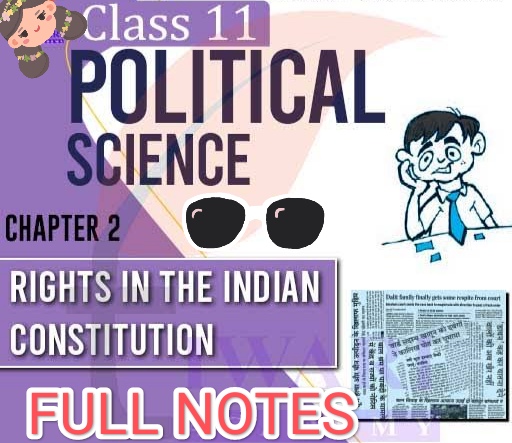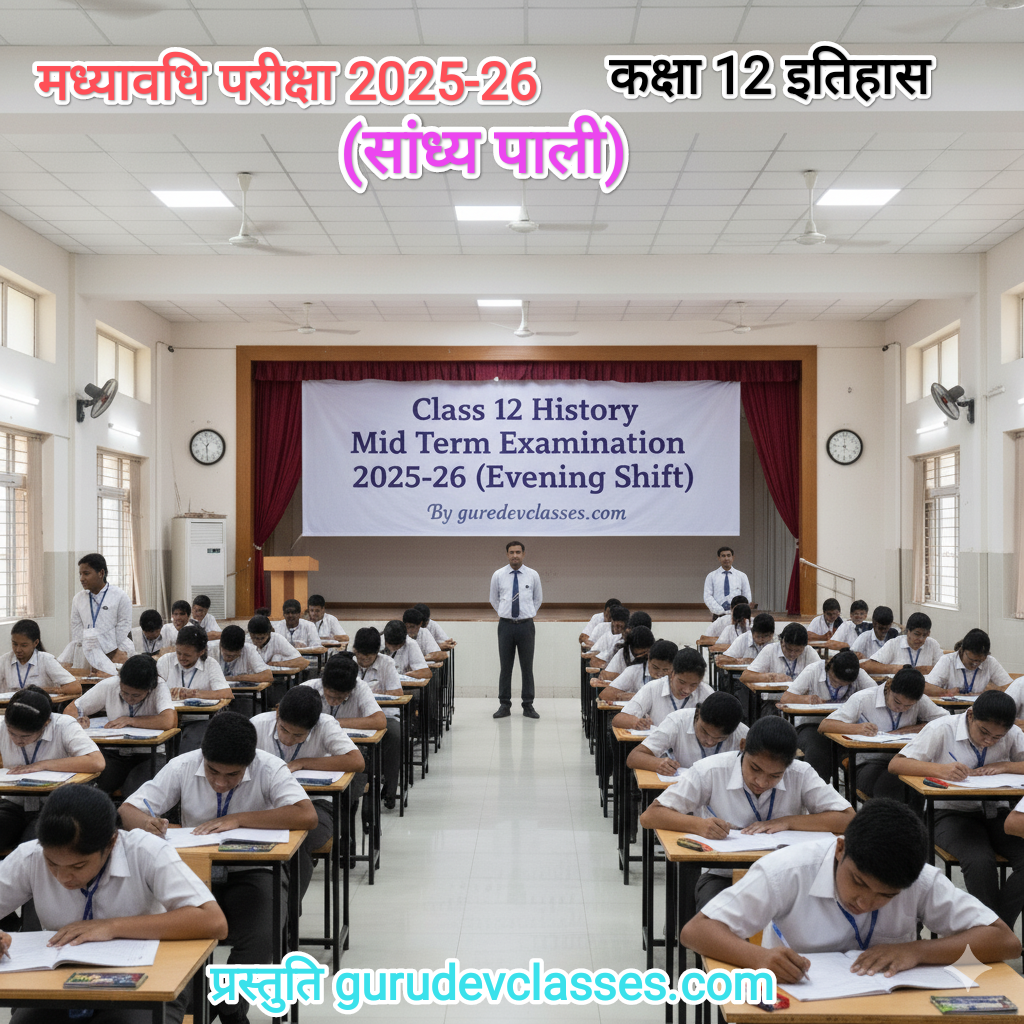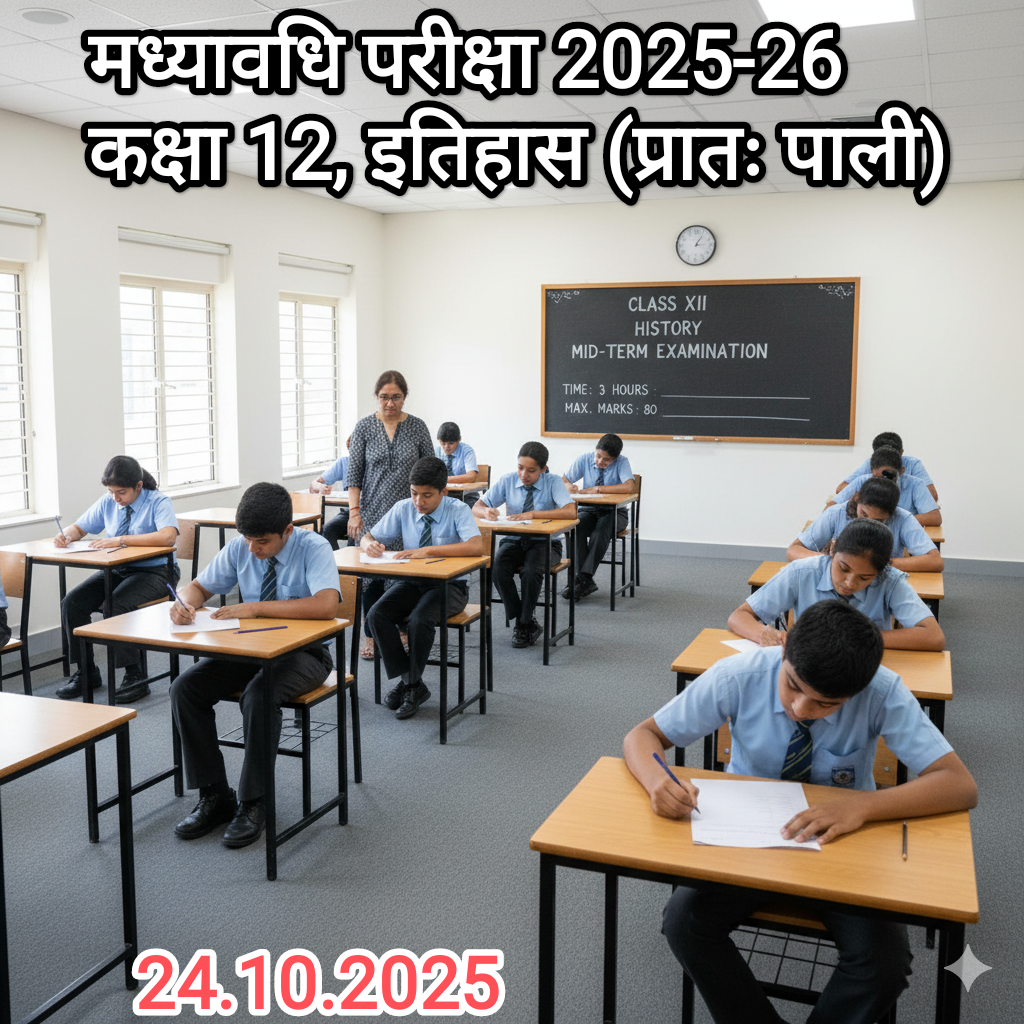🔹 1. Meaning of Rights
- Rights are claims of individuals recognized by society and enforced by the state.
- They are essential for the development of individuals and for a democratic society.
- Rights protect individuals against arbitrary actions by the state and others.
🔹 2. Why Do We Need Rights in a Constitution?
- To protect individual liberty and dignity.
- Acts as limitations on state power.
- Provides a framework for fair and just governance.
- Ensures rule of law and equality.
- Rights are justiciable—citizens can approach courts for protection.
🔹 3. Fundamental Rights in the Indian Constitution
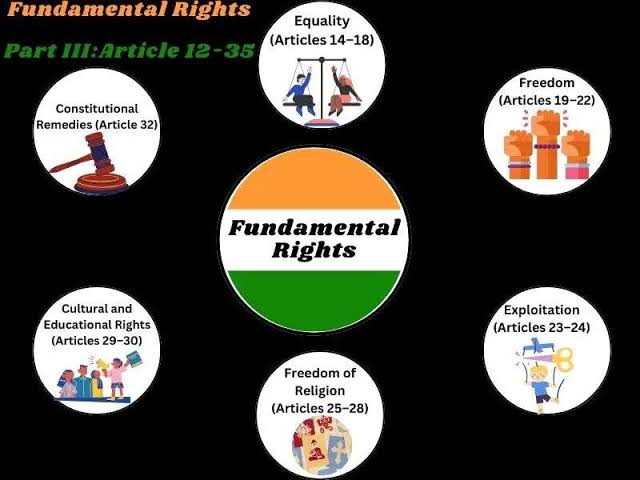
Mentioned in Part III (Articles 12 to 35) of the Constitution.
| Right | Articles | Main Features |
|---|---|---|
| 1. Right to Equality | Article 14–18 | Equality before law, prohibition of discrimination, equality of opportunity, abolition of untouchability and titles |
| 2. Right to Freedom | Article 19–22 | Freedom of speech, expression, assembly, association, movement, residence, profession; protection in respect of conviction; protection of life and personal liberty |
| 3. Right Against Exploitation | Article 23–24 | Prohibition of human trafficking, forced labour, and child labour |
| 4. Right to Freedom of Religion | Article 25–28 | Freedom of conscience, practice, propagation of religion, freedom to manage religious affairs |
| 5. Cultural and Educational Rights | Article 29–30 | Rights of minorities to conserve culture, establish and administer educational institutions |
| 6. Right to Constitutional Remedies | Article 32 | Right to approach the Supreme Court or High Courts in case of violation of Fundamental Rights |
🔹 4. Directive Principles vs Fundamental Rights
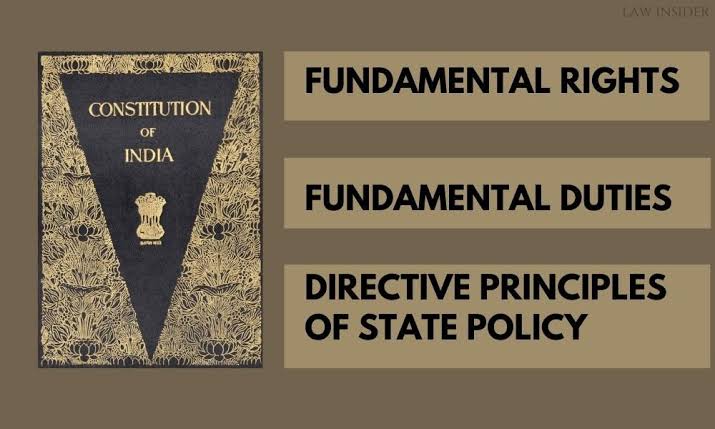
| Directive Principles | Fundamental Rights |
|---|---|
| Non-justiciable (not enforceable in court) | Justiciable (can be enforced in court) |
| Aim to establish socio-economic justice | Protect individual liberty and dignity |
| Laid down in Part IV | Laid down in Part III |
🔹 5. Important Features of Fundamental Rights
- Justiciable: Enforceable by the courts.
- Not absolute: Reasonable restrictions can be imposed.
- Available to both citizens and non-citizens (some rights).
- Can be suspended during emergency (except Article 20 and 21).
🔹 6. Right to Equality (Articles 14–18)
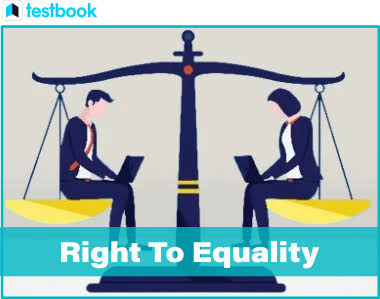
- Article 14: Equality before law and equal protection of laws.
- Article 15: No discrimination on grounds of religion, race, caste, sex, or place of birth.
- Article 16: Equality of opportunity in public employment.
- Article 17: Abolition of untouchability.
- Article 18: Abolition of titles (except academic and military distinctions).
🔹 7. Right to Freedom (Articles 19–22)
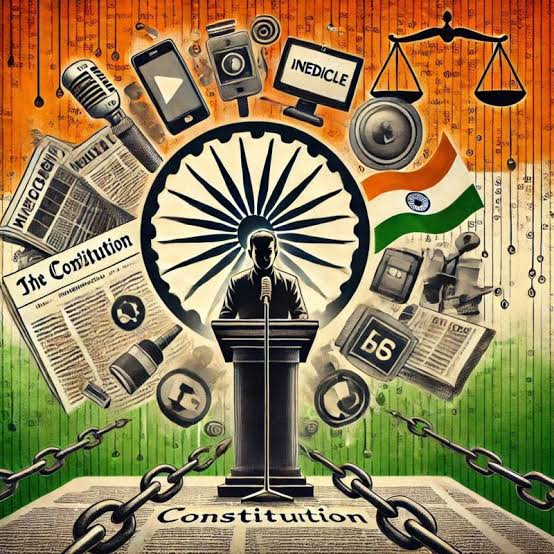
Article 19: Six Fundamental Freedoms
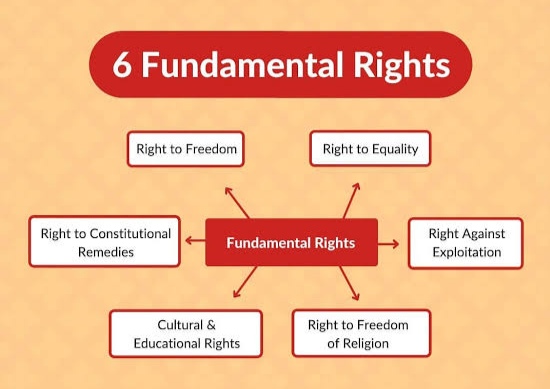
- Freedom of speech and expression
- Assembly peacefully
- Form associations/unions
- Move freely throughout India
- Reside and settle anywhere
- Practice any profession or trade
🔹 Reasonable Restrictions: For maintaining public order, morality, security, etc.
Article 20:
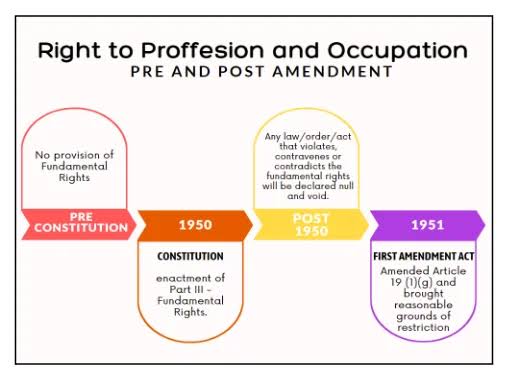
- Protection against ex-post facto laws
- Protection against double jeopardy
- Protection against self-incrimination
Article 21:
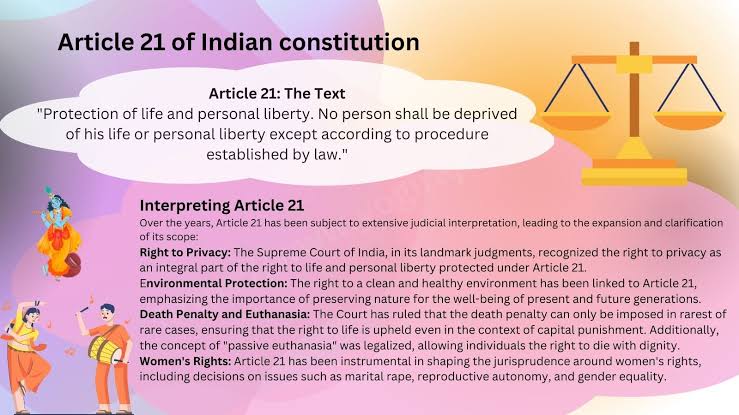
- Protection of life and personal liberty.
- Includes Right to privacy, Right to live with dignity, Right to clean environment, etc.
Article 22:

- Rights of arrested persons: information of arrest, legal aid, being presented before magistrate within 24 hours, etc.
🔹 8. Right Against Exploitation (Articles 23–24)
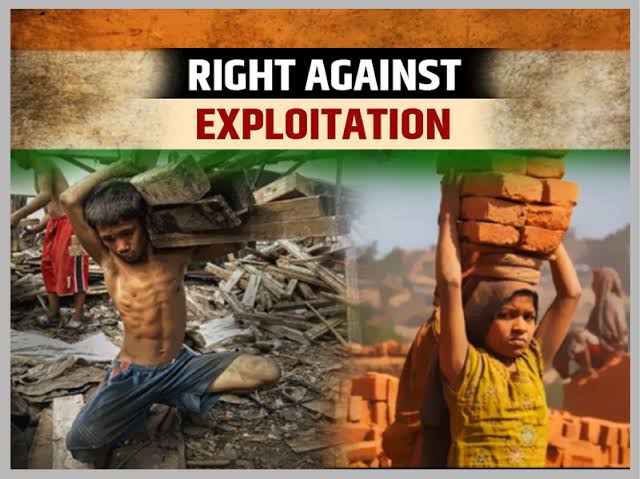
- Article 23: Prohibition of human trafficking and forced labour.
- Article 24: No child below 14 years to work in hazardous industries.
🔹 9. Right to Freedom of Religion (Articles 25–28)
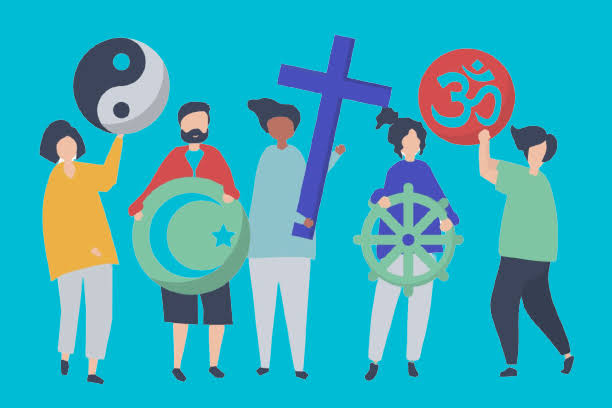
- Article 25: Freedom of conscience and free profession, practice, and propagation of religion.
- Article 26: Right to manage religious affairs.
- Article 27: No compulsion to pay taxes for religious promotion.
- Article 28: No religious instruction in state-funded institutions.
🔹 10. Cultural and Educational Rights (Articles 29–30)
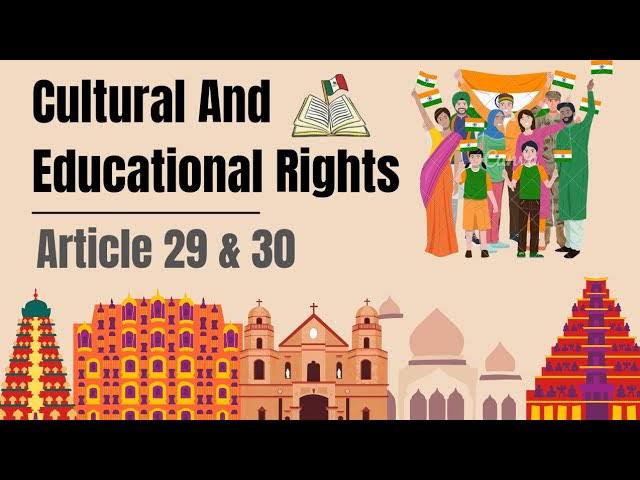
- Article 29: Protection of cultural interests of minorities.
- Article 30: Right of minorities to establish and administer educational institutions.
🔹 11. Right to Constitutional Remedies (Article 32)
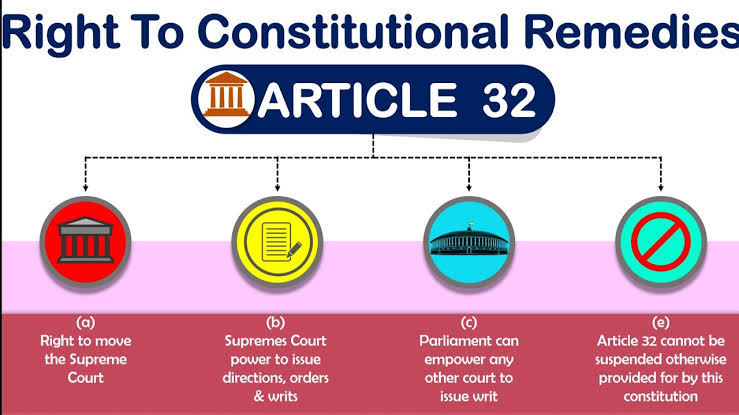
- Described as the “heart and soul of the Constitution” by Dr. B.R. Ambedkar.
- Citizens can directly approach the Supreme Court or High Court to enforce their rights.
Types of Writs:
- Habeas Corpus – “produce the body”
- Mandamus – “we command”
- Prohibition – issued to lower courts
- Certiorari – re-examination of an order
- Quo-Warranto – “by what authority”
🔹 12. Role of Judiciary in Protecting Rights
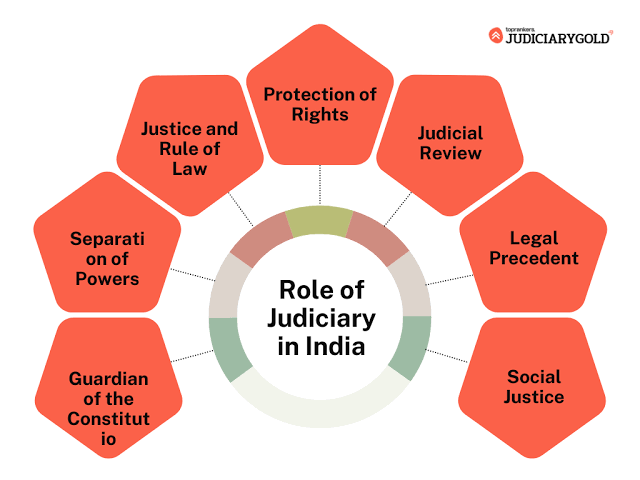
- Interprets and expands the meaning of rights (e.g., Right to Education, Right to Privacy).
- Can strike down laws that violate Fundamental Rights.
- Activism through Public Interest Litigations (PILs).
🔹 13. Amendment of Fundamental Rights
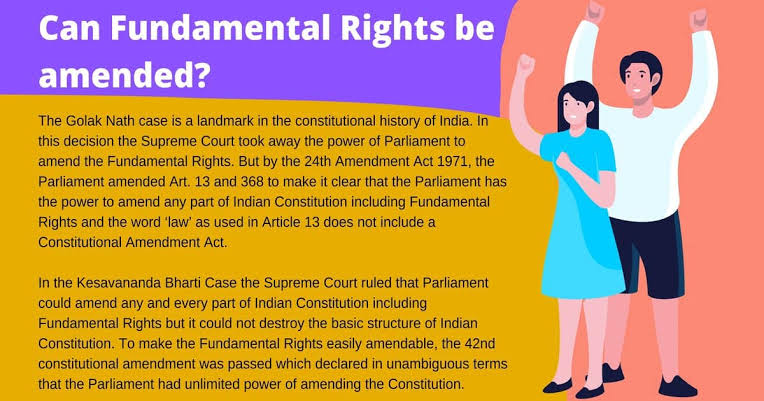
- Parliament can amend Fundamental Rights, but cannot take away the basic structure of the Constitution (Kesavananda Bharati Case, 1973).
- Example: 44th Amendment Act (1978) restored Article 21 fully during Emergency.
🔹 14. New Developments / Expanded Rights
- Right to Education (Article 21A) added by 86th Amendment, 2002.
- Right to Information, Right to clean environment, Right to food, Right to shelter—all derived from Article 21.
🔹 15. Fundamental Duties
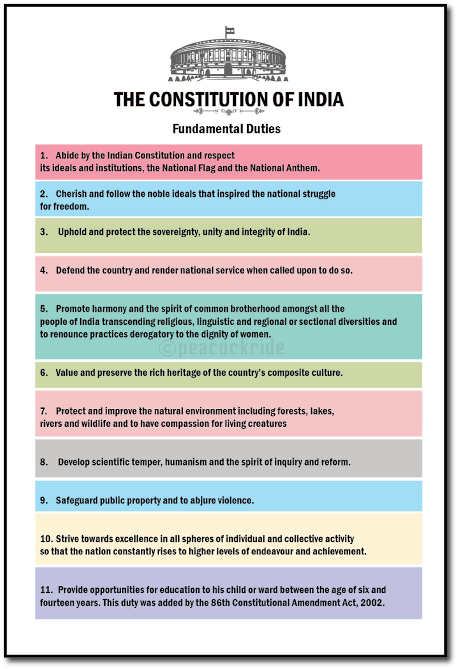
- Added by 42nd Amendment Act, 1976 (Part IVA, Article 51A).
- 11 duties listed for citizens (e.g., respecting the Constitution, protecting the environment, promoting harmony).
🔹 16. Rights and Democracy
- Rights are essential for the working of a democratic system.
- Ensure participation, accountability, and fairness in governance.
